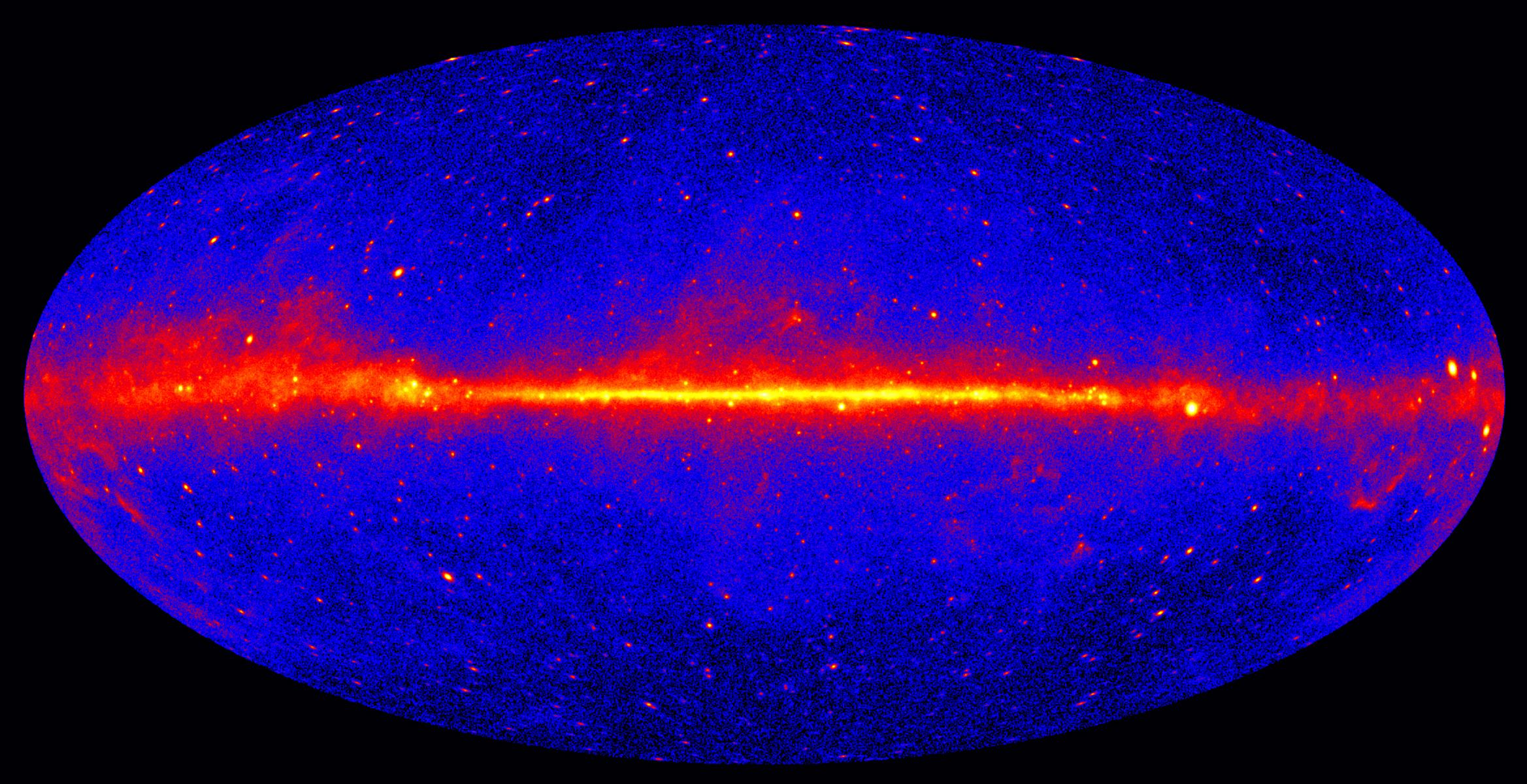Daily Image
02-07-2015Today's colloquium: Taking the pulse of the gamma-ray sky
| Submitter: | Lucas Guillemot (LPC2E / Université d'Orléans) |
| Description: | Pulsars, rotating magnetized neutron stars born in supernovae, are fascinating objects and their study finds applications in a wide range of physics and astrophysics. By detecting pulsed gamma-ray emission from more than 160 pulsars since it began operating in 2008, the Large Area Telescope (LAT) on the Fermi satellite has revolutionized our view of the gamma-ray pulsar population and has demonstrated that pulsars form the main class of GeV gamma-ray sources in the Milky Way. Radio observations in support of the Fermi mission have provided a vital contribution to the success of LAT pulsar studies: radio searches in LAT unassociated sources have for instance uncovered several tens of new millisecond pulsars, pulsars that rotate hundreds of times every second and that constitute unique gravity laboratories. In this presentation I will review recent results from pulsar observations with the Fermi LAT, and discuss some implications stemming from these observations. The image above shows a map of the entire sky at energies larger than 1 GeV based on five years of Fermi Large Area Telescope (LAT) data. To date, the LAT has uncovered more than 3000 gamma-ray sources, including more than 1000 that have no known associations. |
| Copyright: | NASA/DOE/Fermi LAT Collaboration |
| Tweet |  |
